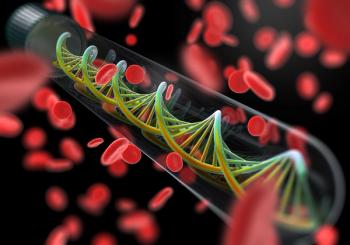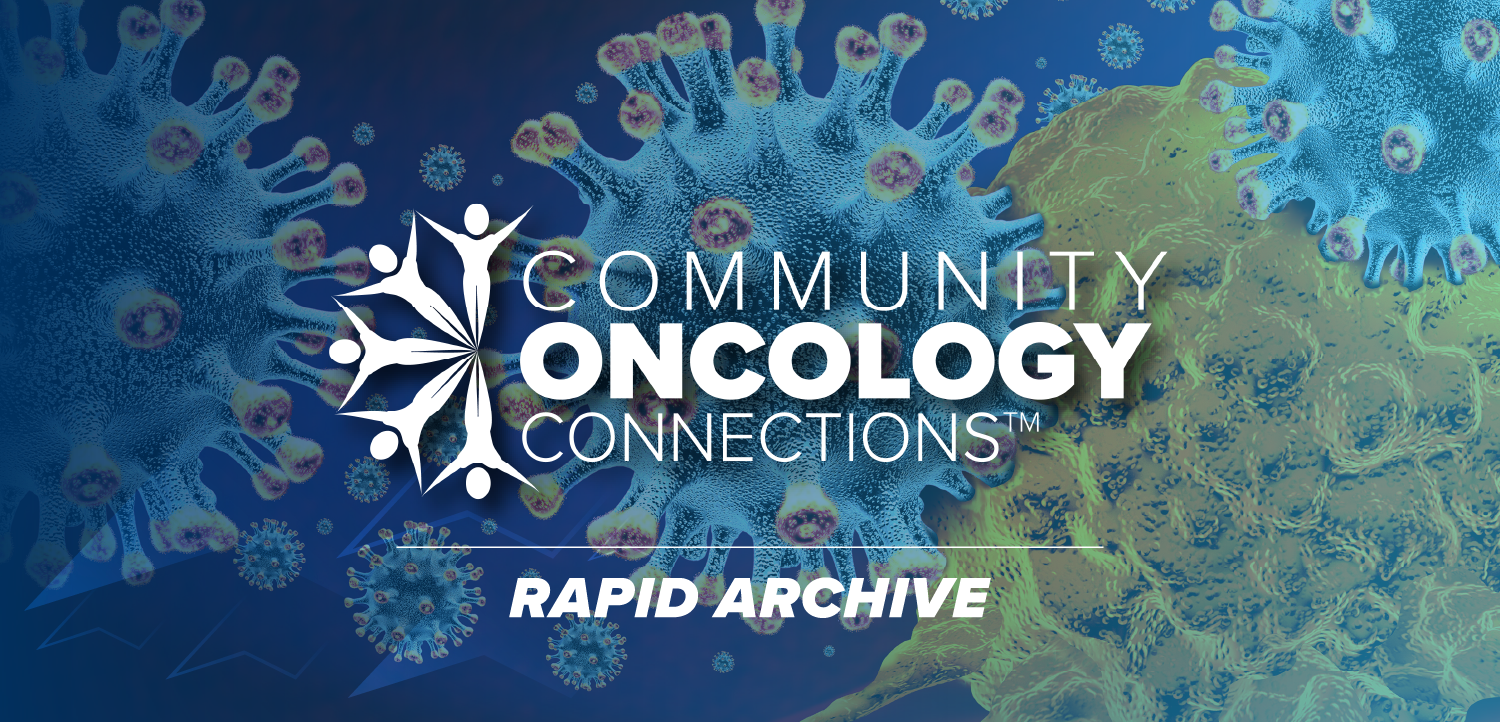
Oncology NEWS International
- Oncology NEWS International Vol 7 No 3
- Volume 7
- Issue 3
NCI, EPA Attempt to Resolve Differences Over Childhood Cancer
BETHESDA, Md--Officials of the National Cancer Institute (NCI) and the Environmental Protection Agency (EPA) are attempting to resolve their conflicting interpretations of data regarding cancer in children. The NCI has forcefully challenged the EPA’s contention that the United States is in the midst of an epidemic of childhood malignancies.
BETHESDA, Md--Officials of the National Cancer Institute (NCI) and the Environmental Protection Agency (EPA) are attempting to resolve their conflicting interpretations of data regarding cancer in children. The NCI has forcefully challenged the EPAs contention that the United States is in the midst of an epidemic of childhood malignancies.
An EPA conference last September declared that cancer in US children has increased steadily over the last quarter century and that the situation demands a focused program to determine the cause of the increase and find means of prevention. This led to a reassessment by NCI epidemiologists of data from the Institutes Surveillance, Epidemiology, and End Results (SEER) program.
Martha Linet, MD, who led the NCI review, said that her group found "no evidence of a consistent increase in the incidence during 1973 to 1994 for specific types of childhood cancer."
In late January, senior EPA and NCI officials met for more than 2 hours to discuss the childhood cancer data, Hugh W. McKinnon, MD, of EPAs National Risk Management Research Laboratory in Cincinnati, reported at the NCAB February meeting. They agreed that staff scientists from the two agencies would hold further meetings to try to resolve the conflicting interpretation of the childhood cancer statistics.
"Honest scientists will have honest disagreements over data, and we are trying to understand that data," Dr. McKinnon told Oncology News International.
Articles in this issue
over 27 years ago
ACS Takes Aim at Proposed Federal Tobacco Billsover 27 years ago
Loan Defaults Disqualify 1,402over 27 years ago
FDA Gives OK to Seven New Cancer Drugs in 1997over 27 years ago
HIA Chemo Promising in Colon Cancer Liver Metsover 27 years ago
Proposed Budget Spells ‘Good News’ for NCIover 27 years ago
Proposed Budget Has Extra Funds for FDA Teen Smoking Effortover 27 years ago
CRFA Awards 16 New Grants and Fellowshipsover 27 years ago
Cancer Pain Treatment Requires Clear Terminology About ‘Addiction’over 27 years ago
‘Staging’ of the Managed Care Market Is Crucialover 27 years ago
IGF-1 Identified as Possible Risk Factor For Prostate CancerNewsletter
Stay up to date on recent advances in the multidisciplinary approach to cancer.





















































































